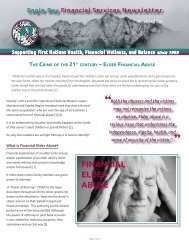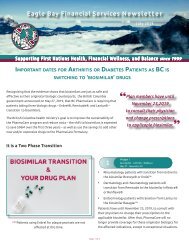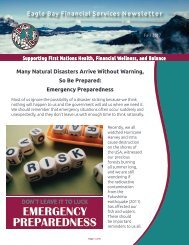Inclusion In The Workplace
Inclusivity is very essential in our lives: without it, we are vulnerable to having poor mental health and experiencing feelings of loneliness and isolation. Our healthy self-worth and self-esteem are tied to feeling included in a group or community. When we experience exclusion, especially at social entities like workplace, we tend to feel sad, unmotivated, depressed and we underperform. Therefore, employers should embed inclusive leadership into their business strategy, taking care of the health and wellbeing of their employees.
Inclusivity is very essential in our lives: without it, we are vulnerable to having poor mental health and experiencing feelings of loneliness and isolation.
Our healthy self-worth and self-esteem are tied to feeling included in a group or community. When we experience exclusion, especially at social entities like workplace, we tend to feel sad, unmotivated, depressed and we underperform. Therefore, employers should embed inclusive leadership into their business strategy, taking care of the health and wellbeing of their employees.
You also want an ePaper? Increase the reach of your titles
YUMPU automatically turns print PDFs into web optimized ePapers that Google loves.
Eagle Bay Financial Services Newsletter
Spring 2022
Serving Indigenous Communities & Organizations since 2002
Inclusivity in the workplace
Being inclusive starts with little everyday things. For example, the choice of words you choose and how you interact in social
settings. People can determine if you are being authentically inclusive or pretending to be.
For managers who aim to build an inclusive environment for their employees, start by making them feel heard, valued and
recognized for their effort and unique abilities. Ultimately, when inclusivity exists in a workplace, organizations can experience
game-changing insights, super-charged creativity and attract the most talented people to join a group of happy and satisfied
employees.
Inclusivity for Indigenous Employees
A recent survey was conducted to explore the representation of
Indigenous People in workplaces, indicated that indigenous employees
are in fact underrepresented. When surveyed, participants responded
that they often feel isolated at their workplaces due to the lack of
Indigenous role models at senior levels. Additionally, the survey showed
that Indigenous employees experience low levels of psychological safety
at their workplace and also pay what is called an “emotional tax”.
What is Emotional Tax?
"Emotional Tax is the combination of feeling
different from peers at work because of
gender, race, and/or ethnicity and the
associated effects on health, well-being, and
ability to thrive at work”
Eighty-two Indigenous employees were surveyed (both men and women) working for different industries and job levels, and
responded to the survey as follows:
• Fifty- two percent of them said that they are regularly on guard to the experience of bias, a hallmark of “emotional tax”.
Sixty-seven percent of Indigenous women experience the feeling more commonly than Indigenous men (38%) which reflect
the disproportionate discrimination and violence they experience compared to other groups.
• Sixty-one percent of Indigenous People surveyed indicated that they do not feel physiologically safe at work. Low
psychological safety reflects on employees’ feelings of belonging and impact their job performance directly.
In comparison with Indigenous employees who experience low levels of psychological safety, we found that those who experience
high psychological safety are five times more likely to have a sense of belonging to their workplaces, over five times more likely to
experience being valued for their uniqueness, twice as likely to speak up when something is not right, twice as likely to report taskfocus,
and twice as likely to report being able to exhibit creativity.
Page 3 of 4
















